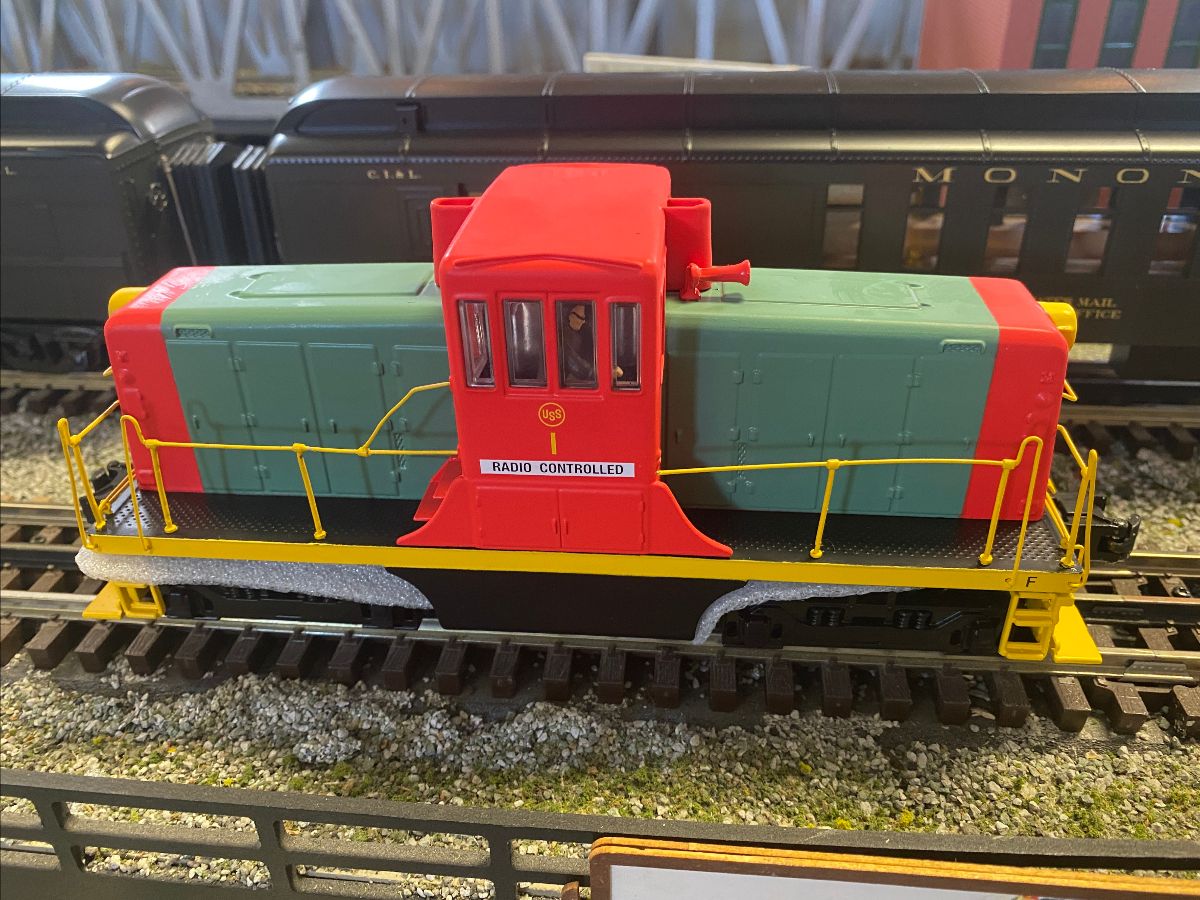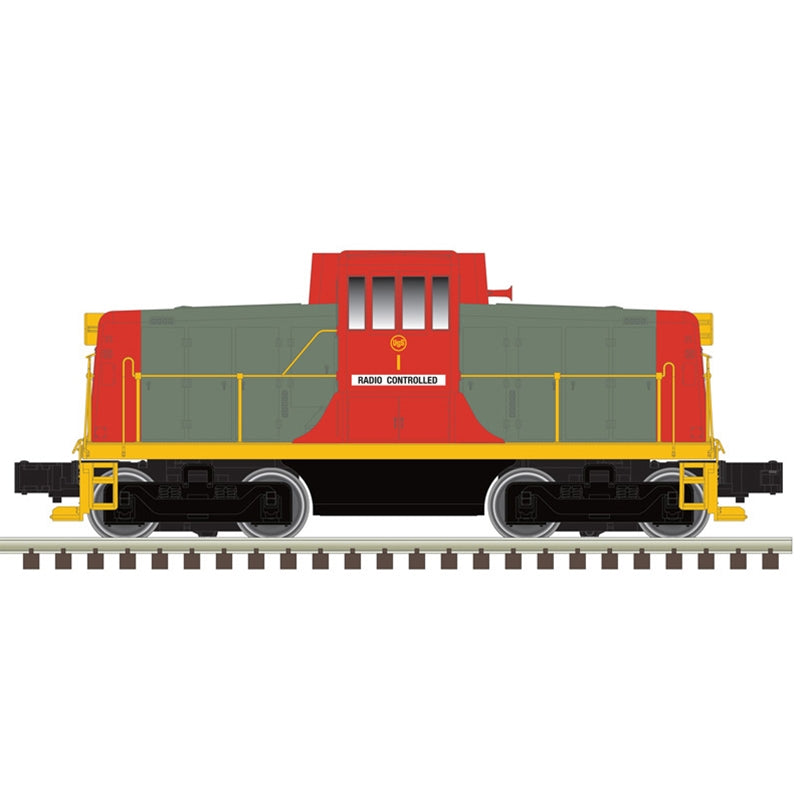Resources
About & Contact Us




Atlas O 30138005 - Premier - 44 Toner Diesel Locomotive "U.S. Steel" w/ PS3 #1
- Sale price
- $ 389.95
- Regular price
- $ 449.95
- You save
- $ 60.00 (14%)
Product Information
| Announced Date: | June 2021 |
| Released Date: | Dec 2021 |
| Individually Boxed: | No - 4 to a case |
- Road Name: US Steel (Red/Green/Yellow)
- Road Number: 1
- Product Line: Atlas O Premier
- Scale: O Scale
- System: 3-Rail
- Release: 4th Quarter 2021
Features:
- Intricately Detailed, Die-Cast Metal Body
- Die-Cast Truck Sides, Pilots and Fuel Tank
- Metal Chassis
- Metal Handrails and Horn
- Handpainted Engineer Cab Figure
- Authentic Paint Schemes
- Metal Wheels, Axles and Gears
- Kadee-Compatible Coupler Mounting Pads
- (2) Remote-Controlled Proto-Couplers
- Prototypical Rule 17 Lighting
- Directionally Controlled Constant Voltage LED Headlights
- Lighted LED Cab Interiors
- (2) Precision Flywheel-Equipped Motors
- Onboard DCC/DCS Decoder
- Locomotive Speed Control In Scale MPH Increments
- 1:48 Scale Proportions
- Proto-Sound 3.0 With The Digital Command System Featuring Freight Yard Proto-Effects
- Unit Measures: 8 1/2” x 2 7/16” x 3 1/4”
- Operates On O-27 Curves
Overview:
The 44-tonner was a workaround. In 1937, seeing that new diesels were putting the fireman’s role in jeopardy, the railroad unions negotiated the “90,000 Pound Rule” with the railroads - specifying that any engine with a weight on drivers of 90,000 pounds or more would require a two-man crew. General Electric’s 44-tonner, introduced in 1940, skirted the 90,000 pound rule and was thus the largest locomotive that could legally be operated by one person on a common carrier railroad. But while the 44-tonner put the fireman out of work, it made the engineer’s life easier than it had been on the 0-4-0 or 0-6-0 steamer it replaced. The greenhouse-like cab in the center of the engine offered 360-degree visibility, a decided advantage in the chaos of the switch yards, industrial areas and railroad backshops where the 44-tonners usually labored. In the event of a collision, the engineer had the protection of a hood at each end of his locomotive, unlike an end-cab switcher. Under each of those hoods throbbed a dependable 180-hp Caterpillar V-8 diesel - so dependable that many of these engines are still hauling freight or tourists today, more than seven decades after they were built. Predicting modern diesels, where the lone engineer shares his cab with a train crew that no longer has a caboose, the 44-tonner’s cab also sported a second seat for a brakeman or conductor. Unlike most of its competitors in the small engine business, who saw their main clients as industrial plants and short lines, General Electric pursued sales with Class 1 railroads. At least 26 of them rostered 44-tonners, with the Pennsy having the largest fleet at 45 engines. The 44-tonner was also beloved by industrial roads and short lines, where it often served as mainline power on lines with prosaic names like Arcade & Attica or Dansville & Mount Morris. The engine was also popular with the U.S. military for use domestically and abroad. By the time the last of the 44-tonners were outshopped in 1956, about 386 engines were working in locales as diverse as Cuba, India and Saudi Arabia.
We Accept
Recommended for You
Browsing history
- Choosing a selection results in a full page refresh.
Get in touch
177 W Main St
Atlanta, IN 46031
765-292-2022
support@mrmuffinstrains.com
Keep in Touch
Sign up for our newsletter and be the first to know about coupons and special promotions.
Country/region
© 2025, MrMuffin'sTrains Powered by Shopify
